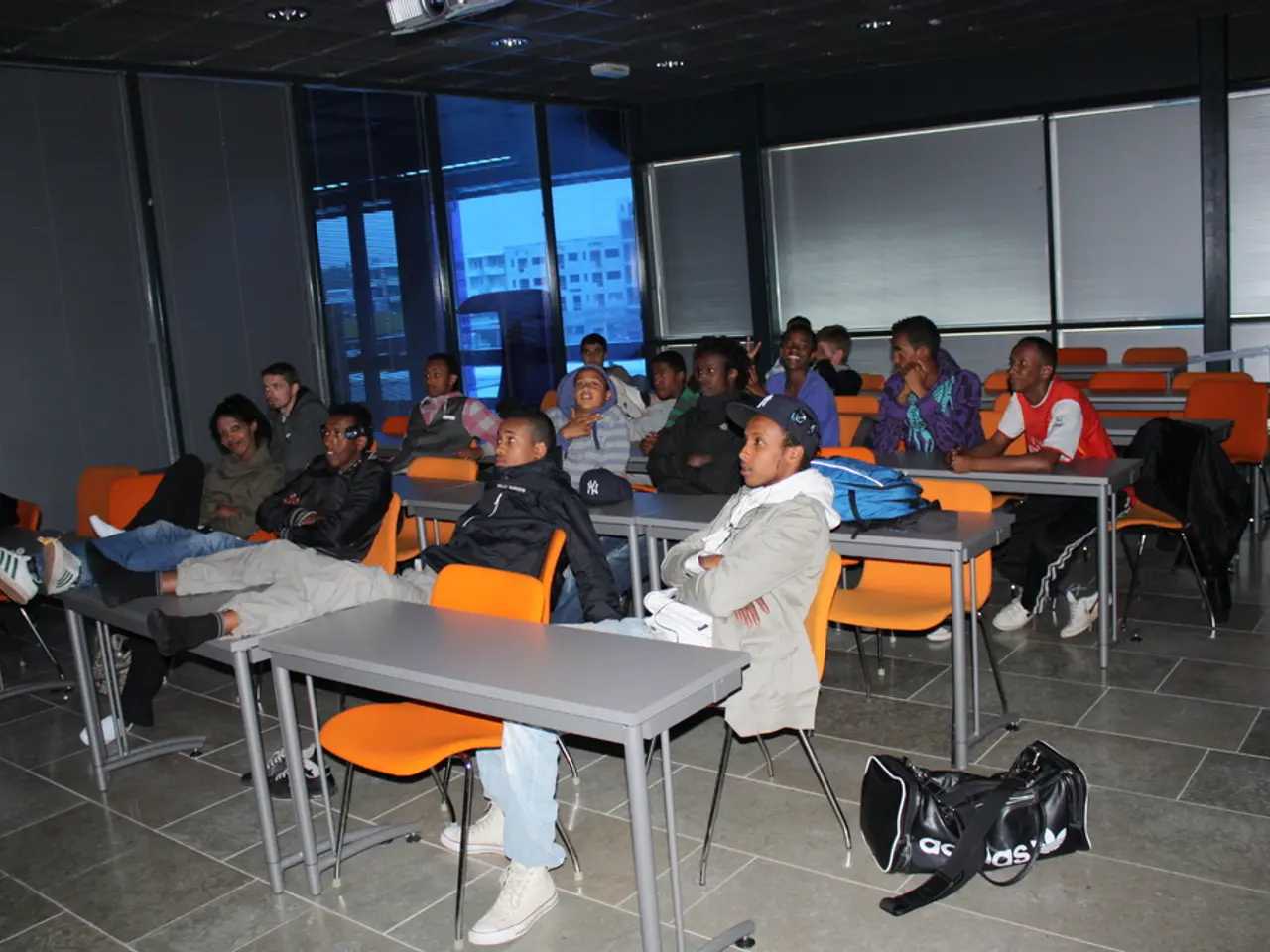Streamlining Employee Learning Methods: Quality Over Quantity
In the modern workplace, introducing new technology to frontline employees can sometimes stir apprehension and mistrust. However, these challenges can be effectively addressed by building learning into the workflow, as advocated in the article "When Designing Employee Learning Programs, Less Is More" by Heidi Grant and Tal Goldhamer (HBR 2023/12).
The key to designing effective employee learning programs lies in shifting from an abundance of information to a focus on intention. This means tailoring content delivery to align with employee preferences for increased accessibility and user-friendliness. In other words, less is more.
Modern learners expect curated, relevant, and efficient experiences. They are less likely to engage with content that is overly complex or unrelated to their needs. Therefore, it is crucial to challenge internal biases and counteract the instinct to include everything out of fear or personal priority.
When designing learning programs, it is essential to limit learning objectives to one core impact. This approach helps to avoid diluting focus and ensures the effectiveness of the learning process. It is better to delve deeply into one subject than to skim the surface of many.
Companies are recognising the importance of employee upskilling, offering various learning programs to keep ahead of the competition and encourage employee retention. These programs are designed to foster lifelong learners, individuals motivated by the desire to keep up with technological and strategic changes.
The article does not specify which industries these methods are directly applicable to, but the principles of simplicity and focus are universally beneficial. It is important for organisations to say no when necessary to maintain control over content inclusion and focus on relevance. By doing so, they can foster an environment where employees engage more, trust increases, and learning leads to real change.
In conclusion, the art of designing effective employee learning programs lies in simplicity and focus. By adhering to these principles, organisations can empower their employees to adapt to the ever-changing landscape of technology and strategy, fostering a culture of continuous learning and improvement.
Read also:
- Peptide YY (PYY): Exploring its Role in Appetite Suppression, Intestinal Health, and Cognitive Links
- Toddler Health: Rotavirus Signs, Origins, and Potential Complications
- Digestive issues and heart discomfort: Root causes and associated health conditions
- House Infernos: Deadly Hazards Surpassing the Flames







